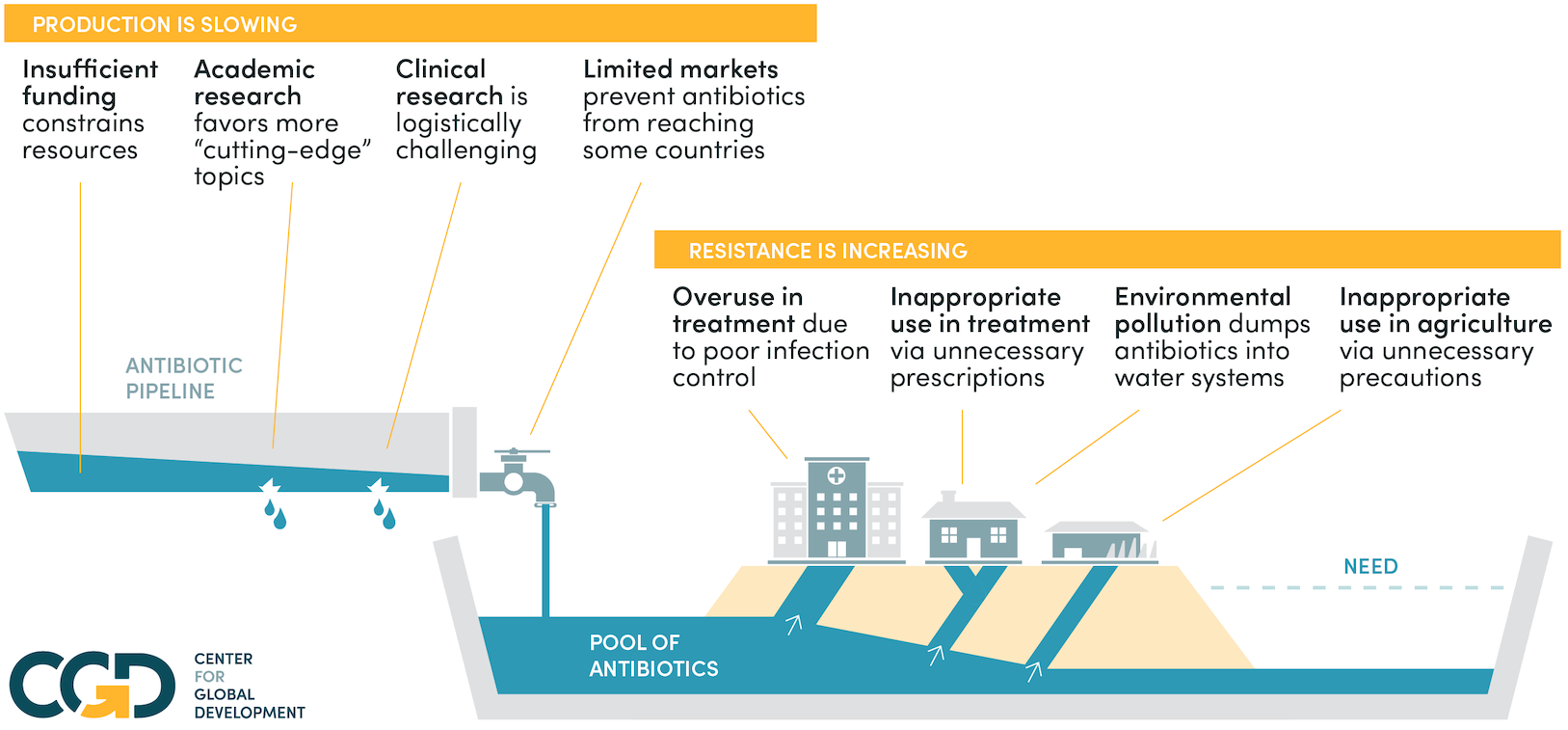Last week, my colleague April Harding blogged about the recent debates on the most effective strategies for increasing coverage of insecticide-treated nets. She took to task Dr. Arata Kochi, head of WHO's malaria program, for promoting free distribution campaigns rather than the multi-prong strategies recommended by his own organization, among others. Dr. Kochi's unfortunate action on this front should be taken together with his previous commendable decision to widen the use of indoor residual spraying of insecticides - including DDT. Both decisions show a willingness to buck the politically correct views of the malaria community in the interests of improving the effectiveness of the WHO malaria program. The first decision was a move in the right direction, which expanded the tools available to combat malaria, but ironically his most recent announcement threatens to limit the use of one of the most important and effective solutions to poor public sector performance in developing countries.After Rachel Carson's Silent Spring successfully engendered repugnance for DDT in the United States and then in other rich countries, this important weapon against malarias mosquitoes was withdrawn from the African armamentarium, with little consideration for the millions of African children that would die as a result. As I and others have shown, it is extremely difficult to replace DDT with bednets as has been attempted for years in Africa. In the Solomon Islands, for example, we estimated the "iso-incidence curve" which captures the tradeoff between bednets and DDT spraying in that context. The curve, reproduced here from our working paper, showed that increasing DDT use by only 50% would reduce incidence of malaria to zero, while a six-fold increase in the use of impregnated bed-nets would be required to achieve the same result (see the top curve in the figure). Furthermore, while the increase in DDT would eliminate malaria without the assistance of bed-nets, the six-fold increase in bed-net use would be ineffective unless it is accompanied by at least 38 liters of DDT per month per 3,000 people. In this malaria context, the indoor spraying is necessary, while the bed-nets only helpful. While our research is only one of many studies, it is unusual in attempting to measure the effects of bed-nets and DDT spraying, when they are jointly used in field conditions. A flaw in the studies of bed-net efficacy recently hitting the news is that there is no report of how much indoor spraying was used alongside the nets. Dr. Kochi's decision to expand indoor insecticide spraying opens the way for studies of how to best use these important interventions in combination with one another and with artemisinin combination therapy (ACTs).But his sweeping condemnation of social marketing is ill-advised, because it apparently generalizes from a single research study and reflects a utopian belief in the capacities of the public sector in poor countries. (It is interesting to note. for example, that people in the Solomon Islands often express a preference for privately purchased bed nets, because they are more attractive. Sometimes the local ladies who make the bed-nets decorate the inside "roof" of the net with colorful landscape scenes or pictures of celebrities.) Until public sectors work as well in poor countries as they did in the case of the artificially well-managed research on which Dr. Kochi's conclusions were based, we need to retain social marketing as one of the important ways to distribute bed nets. Furthermore, we hope that Dr. Kochi joins the large community of researchers and malariologists in recognizing that private distribution of ACTs is an essential element of their rollout, and therefore a major justification for the global subsidy for these drugs now being engineered by the international malaria community.
While our research is only one of many studies, it is unusual in attempting to measure the effects of bed-nets and DDT spraying, when they are jointly used in field conditions. A flaw in the studies of bed-net efficacy recently hitting the news is that there is no report of how much indoor spraying was used alongside the nets. Dr. Kochi's decision to expand indoor insecticide spraying opens the way for studies of how to best use these important interventions in combination with one another and with artemisinin combination therapy (ACTs).But his sweeping condemnation of social marketing is ill-advised, because it apparently generalizes from a single research study and reflects a utopian belief in the capacities of the public sector in poor countries. (It is interesting to note. for example, that people in the Solomon Islands often express a preference for privately purchased bed nets, because they are more attractive. Sometimes the local ladies who make the bed-nets decorate the inside "roof" of the net with colorful landscape scenes or pictures of celebrities.) Until public sectors work as well in poor countries as they did in the case of the artificially well-managed research on which Dr. Kochi's conclusions were based, we need to retain social marketing as one of the important ways to distribute bed nets. Furthermore, we hope that Dr. Kochi joins the large community of researchers and malariologists in recognizing that private distribution of ACTs is an essential element of their rollout, and therefore a major justification for the global subsidy for these drugs now being engineered by the international malaria community.
CGD blog posts reflect the views of the authors, drawing on prior research and experience in their areas of expertise.
CGD is a nonpartisan, independent organization and does not take institutional positions.


 While our research is only one of many studies, it is unusual in attempting to measure the effects of bed-nets and DDT spraying, when they are jointly used in field conditions. A flaw in the studies of bed-net efficacy recently hitting the news is that there is no report of how much indoor spraying was used alongside the nets. Dr. Kochi's decision to expand indoor insecticide spraying opens the way for studies of how to best use these important interventions in combination with one another and with artemisinin combination therapy (ACTs).But his sweeping condemnation of social marketing is ill-advised, because it apparently generalizes from a single research study and reflects a utopian belief in the capacities of the public sector in poor countries. (It is interesting to note. for example, that people in the Solomon Islands often express a preference for privately purchased bed nets, because they are more attractive. Sometimes the local ladies who make the bed-nets decorate the inside "roof" of the net with colorful landscape scenes or pictures of celebrities.) Until public sectors work as well in poor countries as they did in the case of the artificially well-managed research on which Dr. Kochi's conclusions were based, we need to retain social marketing as one of the important ways to distribute bed nets. Furthermore, we hope that Dr. Kochi joins the large community of researchers and malariologists in recognizing that private distribution of ACTs is an essential element of their rollout, and therefore a major justification for the
While our research is only one of many studies, it is unusual in attempting to measure the effects of bed-nets and DDT spraying, when they are jointly used in field conditions. A flaw in the studies of bed-net efficacy recently hitting the news is that there is no report of how much indoor spraying was used alongside the nets. Dr. Kochi's decision to expand indoor insecticide spraying opens the way for studies of how to best use these important interventions in combination with one another and with artemisinin combination therapy (ACTs).But his sweeping condemnation of social marketing is ill-advised, because it apparently generalizes from a single research study and reflects a utopian belief in the capacities of the public sector in poor countries. (It is interesting to note. for example, that people in the Solomon Islands often express a preference for privately purchased bed nets, because they are more attractive. Sometimes the local ladies who make the bed-nets decorate the inside "roof" of the net with colorful landscape scenes or pictures of celebrities.) Until public sectors work as well in poor countries as they did in the case of the artificially well-managed research on which Dr. Kochi's conclusions were based, we need to retain social marketing as one of the important ways to distribute bed nets. Furthermore, we hope that Dr. Kochi joins the large community of researchers and malariologists in recognizing that private distribution of ACTs is an essential element of their rollout, and therefore a major justification for the 


